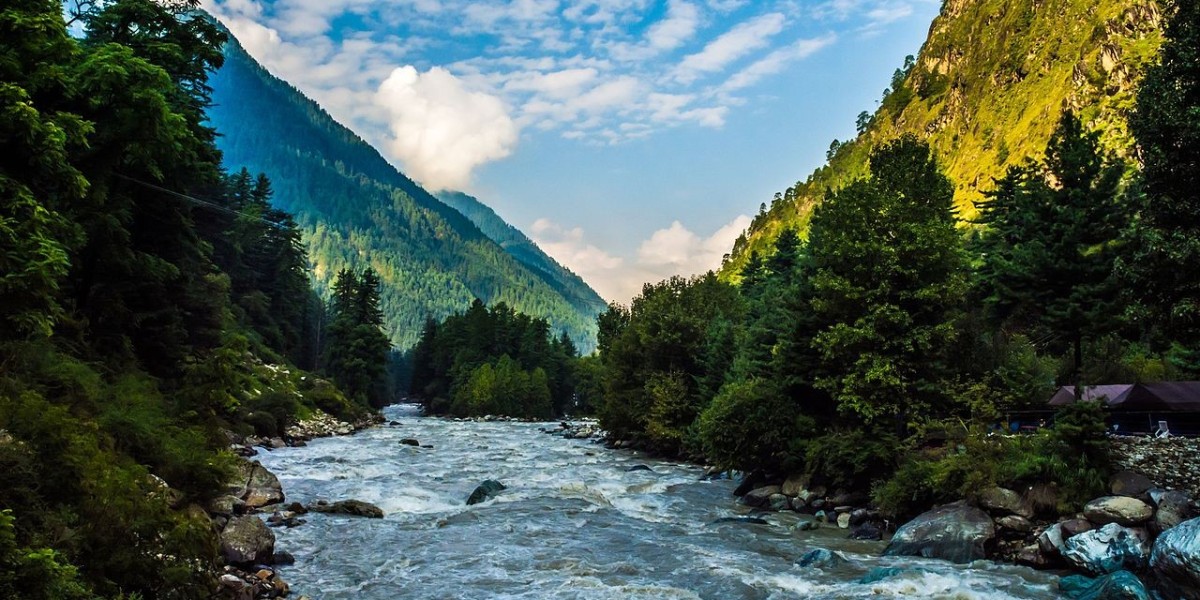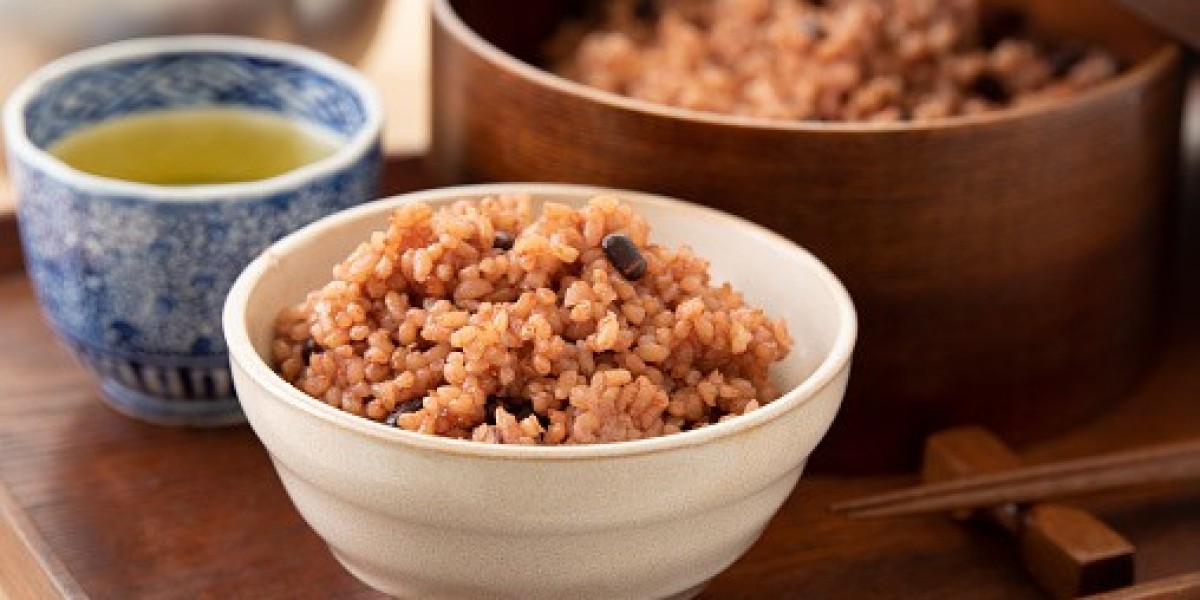Vanilla, a highly sought-after spice derived from the orchids of the genus Vanilla, has been a staple in food, cosmetics, and pharmaceuticals for centuries. Known for its rich aroma and flavor, vanilla is primarily grown in tropical regions, with Madagascar being the world’s largest producer. The global vanilla market is poised for growth, driven by increasing demand for natural flavoring agents and the booming food and beverage industry. This article explores the current state of the vanilla market, key trends, and the challenges facing producers and suppliers.
According to projections, the worldwide vanilla market will be worth US$ 1.1 billion in 2024 and grow at a compound annual growth rate (CAGR) of 4.9% over the following ten years to reach US$ 1.78 billion by the end of 2034.
Vanilla Market Overview
The vanilla market is valued not only for its flavor but also for its medicinal and therapeutic properties. It finds application in a wide range of industries, including food and beverage, cosmetics, personal care products, and pharmaceuticals. As consumers become more health-conscious and seek natural alternatives to artificial ingredients, the demand for natural vanilla is rising.
However, the vanilla market is known for its volatility. Vanilla is a labor-intensive crop, with production processes requiring significant time and effort. The global supply chain is also vulnerable to weather disruptions, political instability, and economic factors, particularly in the major vanilla-producing regions of Madagascar, Indonesia, Uganda, and Papua New Guinea. This unpredictability often leads to price fluctuations, impacting both producers and end-users.
Key Drivers of the Vanilla Market
- Growing Demand for Natural Flavors: One of the primary drivers of the vanilla market is the increasing consumer preference for natural ingredients over synthetic alternatives. With health and wellness trends gaining traction, many food manufacturers are replacing artificial flavorings with natural ones, such as vanilla, to meet consumer demands. The clean label movement, which emphasizes transparency and the use of fewer processed ingredients, is further boosting the demand for natural vanilla in food products like ice cream, yogurt, and baked goods.
- Expanding Applications in the Food and Beverage Industry: The food and beverage industry remains the largest consumer of vanilla. It is a key ingredient in products such as confectionery, bakery items, beverages, and dairy products. The growing popularity of vanilla-flavored products, such as plant-based dairy alternatives, has also contributed to the market’s expansion. Additionally, the increasing demand for premium, artisanal products that feature natural vanilla is further driving market growth.
- Rising Popularity in Personal Care and Pharmaceuticals: Beyond the food industry, vanilla is also in demand in personal care products, cosmetics, and pharmaceuticals. Its soothing and anti-inflammatory properties make it a popular ingredient in skincare formulations, while its pleasant scent is widely used in perfumes and body care products. The pharmaceutical industry utilizes vanilla’s antioxidants and therapeutic properties in various health supplements and treatments.
Challenges in the Vanilla Market
Despite the growth potential, the vanilla market faces several challenges that complicate supply and demand dynamics:
- Price Volatility: Vanilla prices are notorious for their volatility. Madagascar, which accounts for approximately 80% of the world’s vanilla supply, experiences frequent environmental and socio-political disruptions that affect production. Cyclones, droughts, and unstable political conditions have historically caused significant supply shortages, driving prices to record highs. Such fluctuations create an unpredictable market environment, impacting both producers and buyers.
- Labor-Intensive Production: Vanilla cultivation is highly labor-intensive. The pollination process must be done by hand, and the beans require extensive care and processing before they are ready for export. This manual labor is time-consuming and contributes to the high cost of vanilla production. Additionally, the lack of adequate infrastructure and resources in many producing countries adds to the complexity of maintaining a stable supply.
- Adulteration and Quality Control: Due to the high price of natural vanilla, there is a significant risk of adulteration in the market. Synthetic vanillin, derived from petrochemical sources, is often used as a substitute or blended with natural vanilla to lower costs. This creates challenges in maintaining product integrity and ensuring the authenticity of vanilla products. Regulatory bodies and industry players are working to combat adulteration and implement stricter quality control measures to protect the integrity of the market.
Read More: https://www.factmr.com/report/vanilla-market
Sustainable Practices and the Future of the Vanilla Market
Sustainability is becoming an increasingly important factor in the vanilla industry. As consumer awareness of ethical sourcing and environmental impact grows, companies are seeking to implement more sustainable practices in vanilla production. Efforts are being made to improve the livelihoods of farmers, reduce the environmental impact of cultivation, and promote fair trade certifications.
Investments in sustainable farming practices are also helping to mitigate some of the risks associated with vanilla production, such as the impact of climate change and deforestation. By promoting biodiversity, reducing pesticide use, and improving water management, producers are working towards creating a more resilient and sustainable vanilla supply chain.
Market Outlook
The future of the vanilla market looks promising, despite its inherent challenges. The demand for natural flavors is expected to continue rising as consumers prioritize health and wellness. However, the market's success will depend on its ability to overcome supply chain disruptions, stabilize pricing, and implement sustainable and ethical sourcing practices.
Innovations in flavor extraction and cultivation techniques, coupled with rising investments in sustainable farming, are expected to shape the future of the vanilla industry. Companies that prioritize transparency, sustainability, and quality will be well-positioned to capitalize on the growing global demand for natural vanilla.



